Ice baths and cold plunges are forms of cold water therapy that have been used for centuries but have seen a resurgence in recent years due to their numerous health benefits. They reduce inflammation by constricting blood vessels, speed up recovery after intense workouts, improve circulation through alternating hot and cold exposure, and release endorphins for mental health benefits. The ideal temperature range, typically 50°F to 59°F (10°C to 15°C), is critical for these effects, with temperatures below 32°F risking frostbite and above 60°F reducing therapeutic impact. Maintaining this range manually with ice is labor-intensive and inconsistent, leading to the adoption of ice bath chillers. These devices provide precise temperature control, enhancing the user experience and ensuring safety, particularly in settings where multiple sessions are conducted daily.
Ice bath chillers are designed to maintain water at optimal temperatures for cold plunges, with air-cooled options often preferred for home and small commercial use due to their simplicity. They offer energy-efficient cooling, with some models operating silently for peaceful recovery sessions, and include features like filtration for water quality. For example, integrated chillers in all-in-one cold plunge tubs provide convenience, while portable units cater to flexible setups, highlighting their versatility.
How Ice Bath Chillers Work
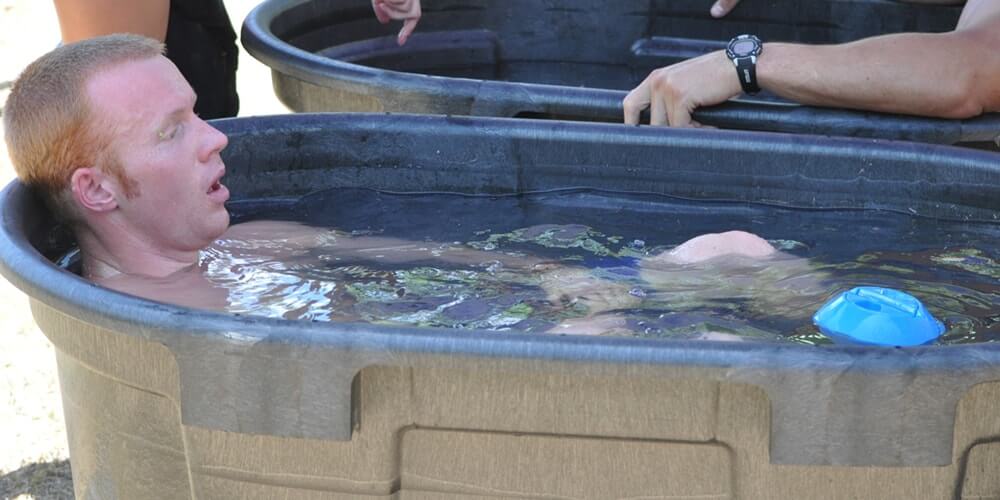
Ice bath chillers operate on a vapor compression cycle, similar to that of air conditioners or refrigerators, ensuring continuous cooling. The process involves:
- Compression: The cycle begins with a compressor that pressurizes the refrigerant gas, raising its temperature. This step is powered by an electric motor, often with variable-speed options for energy efficiency, operating silently for peaceful recovery sessions.
- Condensation: The hot refrigerant gas flows into a condenser coil, where it releases heat to the surrounding air (in air-cooled models) or water (in water-cooled models), turning into a high-pressure liquid. Air-cooled chillers, preferred for ice baths due to lower cooling loads, use fans to dissipate heat.
- Expansion: The liquid refrigerant passes through an expansion valve, which reduces its pressure and temperature significantly, often to below 32°F, depending on the chiller’s capacity. This step is critical for achieving the cold temperatures needed for ice baths, with some models reaching down to 37°F for intense therapy.
- Evaporation: The cold refrigerant enters an evaporator coil submerged in the ice bath water. As it absorbs heat from the water, it evaporates back into a gas, cooling the water to the desired temperature, typically 50°F to 59°F, and then returns to the compressor to repeat the cycle. This continuous loop ensures the water remains cold, with some chillers maintaining temperatures as low as 32°F for intense cold therapy.
For example, a 0.5-ton air-cooled chiller might cool a 100-gallon home ice bath to 50°F, while a 4-ton unit could handle multiple commercial baths, each up to 200 liters, maintaining 55°F for consistent therapy sessions.
Types of Ice Bath Chillers
There are two main types of chillers used for ice baths, each with its own advantages:
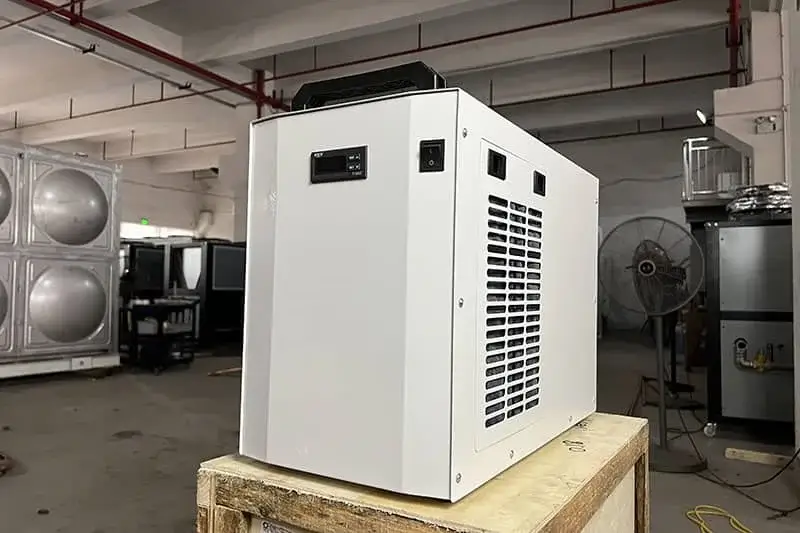
- Air-Cooled Chillers: These use ambient air to dissipate heat from the condenser, making them simpler to install and maintain. They are suitable for most home and small commercial setups, with lower cooling loads typically not requiring water infrastructure. They may be less efficient in very hot climates, where ambient air temperatures exceed 90°F, but are generally preferred for their ease of use. Examples include portable models ideal for single baths up to 500 liters, suitable for home use and small gyms.
- Water-Cooled Chillers: These use water as a cooling medium for the condenser, offering higher efficiency in high-heat environments. However, they require a separate water source and additional maintenance, such as water treatment to prevent scaling, making them less common for ice baths but suitable for large commercial facilities with existing water systems. They are less frequently mentioned in the context of ice baths, with air-cooled options dominating due to simplicity.
For most users, air-cooled chillers are the go-to choice, with portable models offering integrated solutions for home use, which include chillers for temperatures down to 37°F, and larger units for commercial facilities supporting multiple baths.
Benefits of Using Ice Bath Chillers
Implementing an ice bath chiller offers several advantages, supported by user experiences and product reviews:
- Convenience: Eliminating the need for frequent ice additions saves time and effort, with users reporting significant reductions in labor. For example, a user might spend less than an hour per day managing a chiller in summer, compared to constant ice additions for stock tanks, especially in hot climates where ice melts quickly. This is particularly important for commercial settings, where staff time is valuable.
- Consistency: Chillers maintain precise temperatures, ensuring each session is effective and safe, with some models operating up to 30% quieter and maintaining 37°F, crucial for therapeutic benefits like reducing inflammation and aiding recovery. This consistency is vital for users seeking reliable therapy, reducing the risk of temperature fluctuations that could diminish effectiveness.
- Energy Efficiency: Modern chillers feature variable-speed compressors, saving on electricity while keeping the bath cold 24/7, especially for frequent users. For instance, some models operate silently, reducing operational costs, with electricity costs as low as $1.50 a day, even cooling to 38°F in mid-90s air temperatures, demonstrating cost-effectiveness over time.
- Space-Saving: Many chillers are compact and portable, fitting under workbenches or in small spaces, ideal for home use. Portable models are suitable for both indoor and outdoor use, offering flexibility for users with limited space, enhancing accessibility for personal recovery rooms.
- Long-Term Cost Savings: While the initial cost may be higher (e.g., ranging from a few hundred to several thousand dollars depending on size and features), chillers save money over time by reducing ice consumption and labor. Users report savings of hundreds of dollars annually, especially in hot climates, with the investment paying off through lower operational costs and increased convenience, particularly for frequent users or commercial facilities.
Choosing the Right Ice Bath Chiller
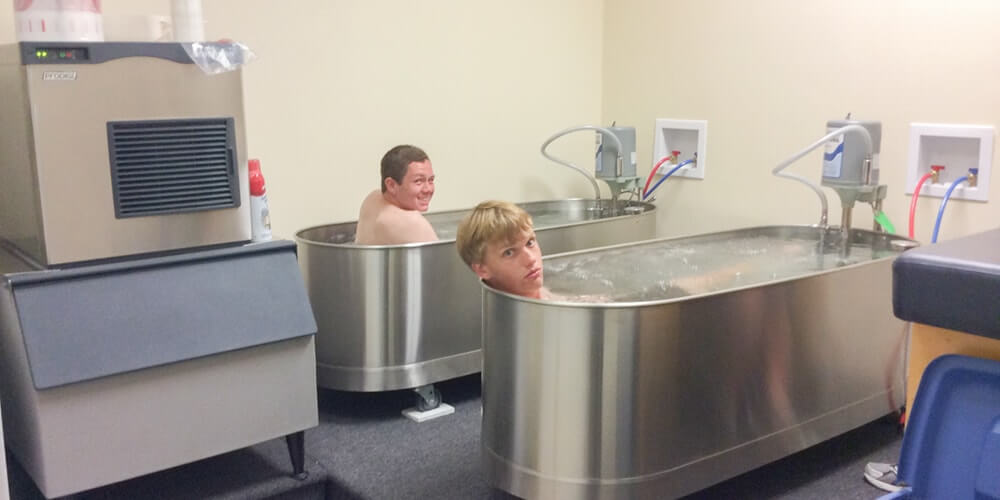
Selecting an ice bath chiller involves several factors to ensure it meets your needs:
- Cooling Capacity: Ensure the chiller can handle the volume of your ice bath. For example, a 0.5-ton chiller might be sufficient for a small home setup (up to 100 gallons), while a 4-ton unit is needed for commercial facilities with multiple baths, each up to 200 liters. Use a chiller size calculator to determine needs based on water volume and desired temperature drop, adding a 20-25% safety margin for heat gains. Calculate using the formula: Cooling Capacity (in BTU/h) = Volume of Water (in gallons) × 8.33 × Desired Temperature Drop (in °F) / Time (in hours). For instance, cooling a 100-gallon tub from 70°F to 50°F in 2 hours requires approximately 0.7 tons, but choose a 1-ton chiller for safety.
- Temperature Range: Look for a chiller that can reach and maintain the desired range, typically 32°F to 59°F, with some models offering precise control within ±1°F for intense therapy, ensuring optimal conditions for recovery.
- Energy Efficiency: Chillers with variable-speed compressors help save on electricity, operating silently and efficiently, especially for 24/7 use, reducing operational costs. Look for high COP (Coefficient of Performance) values, with some models achieving energy savings of up to 30% compared to standard units, particularly in hot climates.
- Noise Level: For home use, choose a chiller with low noise output, such as models operating up to 30% quieter, ensuring peaceful recovery sessions without disturbance, ideal for residential settings.
- Filtration and Sanitation: Some chillers include built-in filtration systems with ozone sanitation to keep water clean, reducing the need for frequent changes. Check filters regularly, replacing them every few months, to maintain water quality and prevent bacterial growth, enhancing user safety.
- Portability: For flexibility, opt for portable models suitable for both indoor and outdoor use, fitting under workbenches or in small spaces, offering convenience for users with limited room, particularly for home recovery rooms.
Popular options include compact air-cooled units for home use, with capacities from 0.5 to 1 ton, and larger industrial models for commercial facilities, up to 5 tons, ensuring scalability for different needs. When shopping, look for reputable manufacturers offering warranties and customer support, and read reviews to gauge reliability and performance.
Installation and Setup
Installing an ice bath chiller typically involves:
- Placing the chiller near the ice bath tub, ensuring there’s adequate space for ventilation if it’s air-cooled, with 12–18 inches of clearance to prevent heat buildup.
- Connecting the inlet and outlet hoses from the chiller to the tub, ensuring secure fittings and no kinks, with some systems requiring specific hose sizes or fittings, checked against manufacturer instructions.
- Filling the tub with water and ensuring the chiller’s reservoir is filled if necessary, using deionized water to prevent scaling and corrosion.
- Plugging the chiller into a standard electrical outlet, ensuring the power supply matches the chiller’s requirements (e.g., 110V for small units, 220V for larger ones), and verifying proper grounding for safety.
- Setting the desired temperature on the control panel and turning on the chiller, allowing the system to run until the water reaches the set temperature, which may take several hours depending on initial water temperature and chiller capacity, typically 2–4 hours for a 100-gallon tub.
For water-cooled chillers, additional steps include connecting to a water source and drain for the condenser cooling water, though air-cooled units are more common due to simplicity.
Maintenance Tips
Regular maintenance ensures the chiller operates efficiently and lasts for years:
- Filter Cleaning: If the chiller has air filters, clean them monthly to ensure proper airflow, preventing dust buildup that can reduce cooling efficiency by 10–15%.
- Condenser Coil Cleaning: For air-cooled units, clean the condenser coils every 3–6 months with a soft brush or compressed air to remove dust and debris, maintaining heat dissipation and efficiency.
- Water Treatment: Use appropriate water treatment methods to prevent algae or bacterial growth, with built-in sanitation systems like UV or ozone reducing the need for chemicals. Change water every 1–2 weeks or as recommended, checking for clarity and odor.
- Refrigerant Check: Have a professional check the refrigerant level annually to ensure there are no leaks and the system is operating efficiently, preventing capacity drops of up to 8% with a 5% undercharge.
- General Inspection: Regularly inspect hoses, connections, and electrical components for wear or damage, ideally quarterly, replacing any faulty parts to prevent leaks or electrical hazards, ensuring long-term reliability.
Safety Precautions
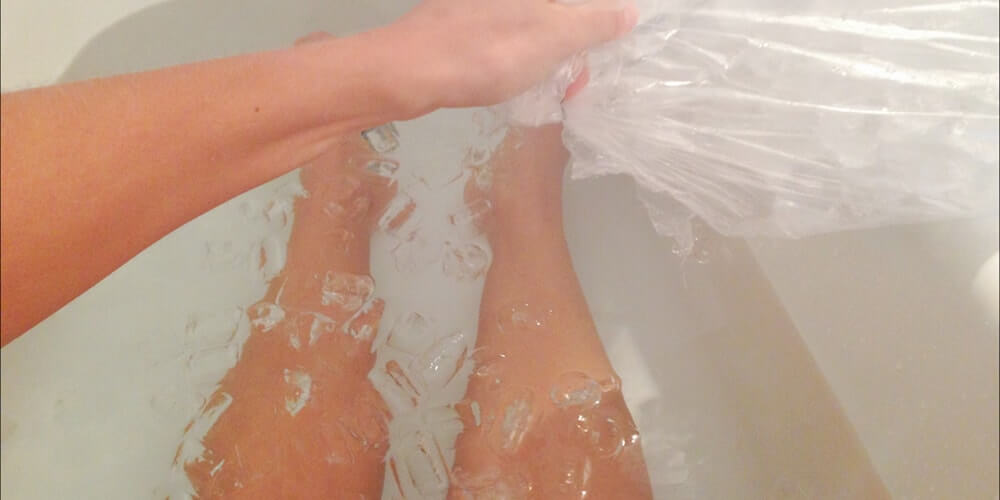
Using an ice bath chiller requires attention to safety to ensure a safe and effective experience:
- Electrical Safety: Ensure the chiller is connected to a properly grounded outlet and that all electrical components are in good condition, following local electrical codes to prevent shocks or fires.
- Temperature Monitoring: Always use a reliable thermometer to ensure the water stays within safe limits, typically 50°F to 59°F, avoiding temperatures below 32°F to prevent frostbite and above 60°F to maintain therapeutic benefits, with some models offering built-in temperature displays for easy monitoring.
- Gradual Exposure: Especially for beginners, start with shorter durations (2–3 minutes) and gradually increase exposure time as your body acclimates, reducing the risk of cold shock or hypothermia, particularly important for first-time users.
- Supervision: Have someone nearby during your first few sessions to ensure safety, particularly if using DIY setups, and consider having a buddy system for commercial facilities to monitor users, especially those with health concerns.
- Post-Plunge Care: Warm up gradually after the plunge to prevent shock. Dry off thoroughly and consider a warm shower or sauna session afterward to restore body temperature, enhancing recovery and comfort.
Conclusion
Ice bath chillers are indispensable for maintaining optimal water temperatures for cold plunges, enhancing convenience, safety, and effectiveness. Whether you’re a home user seeking recovery benefits or a commercial facility catering to athletes, selecting the right chiller—considering cooling capacity, energy efficiency, and features like filtration—can transform your cold water therapy experience. With options ranging from portable air-cooled units to robust commercial systems, and the possibility of DIY setups, there’s a solution for every need, ensuring you can enjoy the rejuvenating power of cold water therapy consistently and efficiently.
The ideal temperature for an ice bath varies based on personal preference and the intended purpose. Generally, a temperature between 50 and 59 degrees Fahrenheit (10-15 degrees Celsius) is considered optimal for recovery purposes.
The duration of an ice bath depends on your experience, comfort level, and desired outcome. Most experts recommend staying in an ice bath for 10-15 minutes. For beginners, it’s advisable to start with shorter durations of around 5 minutes and gradually increase the time as you become more accustomed to the cold.
Frequency depends on your personal needs and goals. Many athletes and fitness enthusiasts incorporate ice baths into their regular recovery routine, which could mean taking an ice bath several times a week. However, it’s crucial to listen to your body and avoid overdoing it, as excessive cold exposure can lead to health risks.

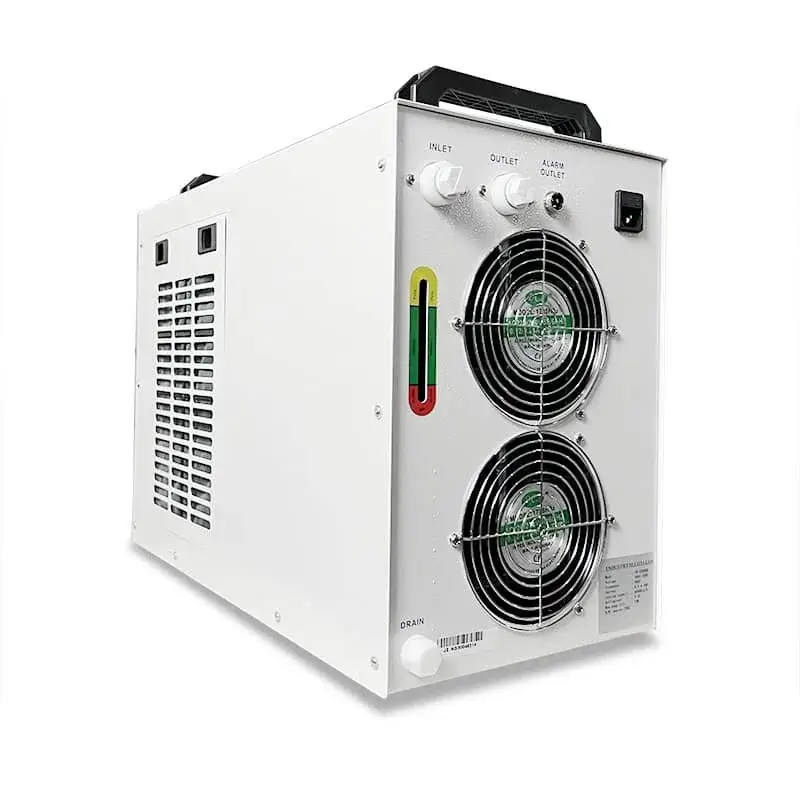
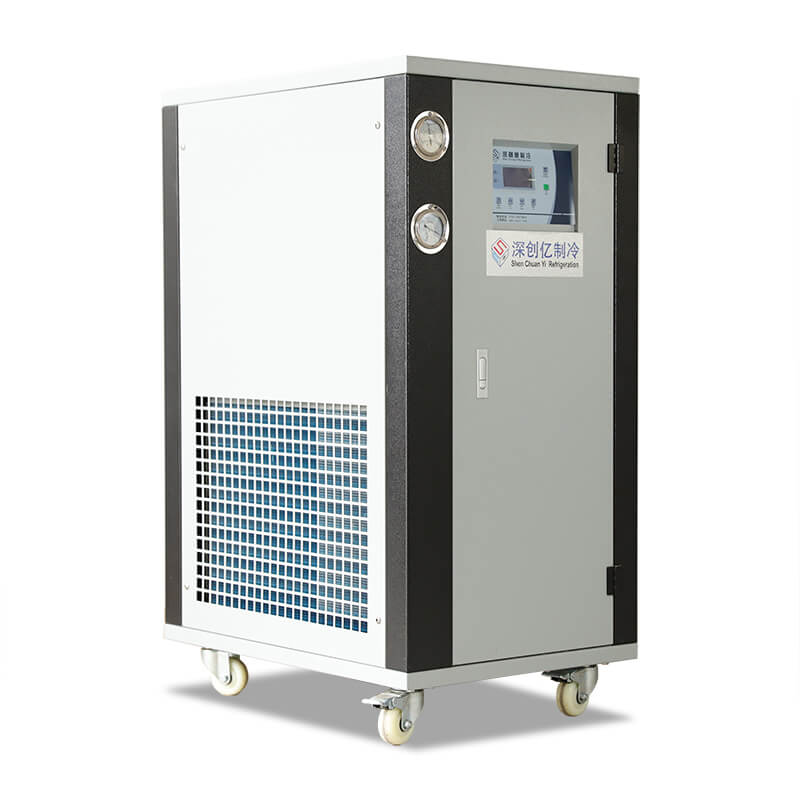
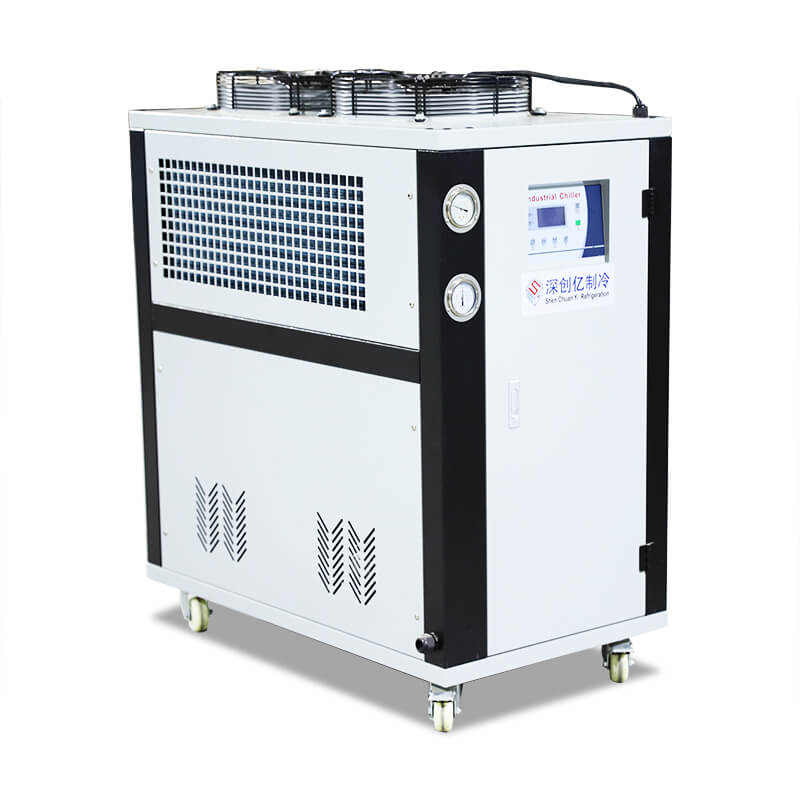
sy arianto .. 08128130808.. sy ingin beli mesin pendingin buat air .. terima kasih
Our sale will get in contact with you, thanks for your inquiry.
Quiero una enfriadora de agua me puede dar informes
Bonjour je besoin un devis pour un refroidisseur de bassin de glace de 3000 litre à 10 degré.
Merci
Need information on ice bath water chiller
Hi Antonio,
Thanks for your inquiry.
Our sales will get in touch with ASAP.
Best regards,
Leo
Je sui très intéressé j’ai boucau de commande pour vou dire je sui de algerie
Necesito un chiller para enfriar un tanque para banos de hielo de 500 litros a 4 Grados centigrados